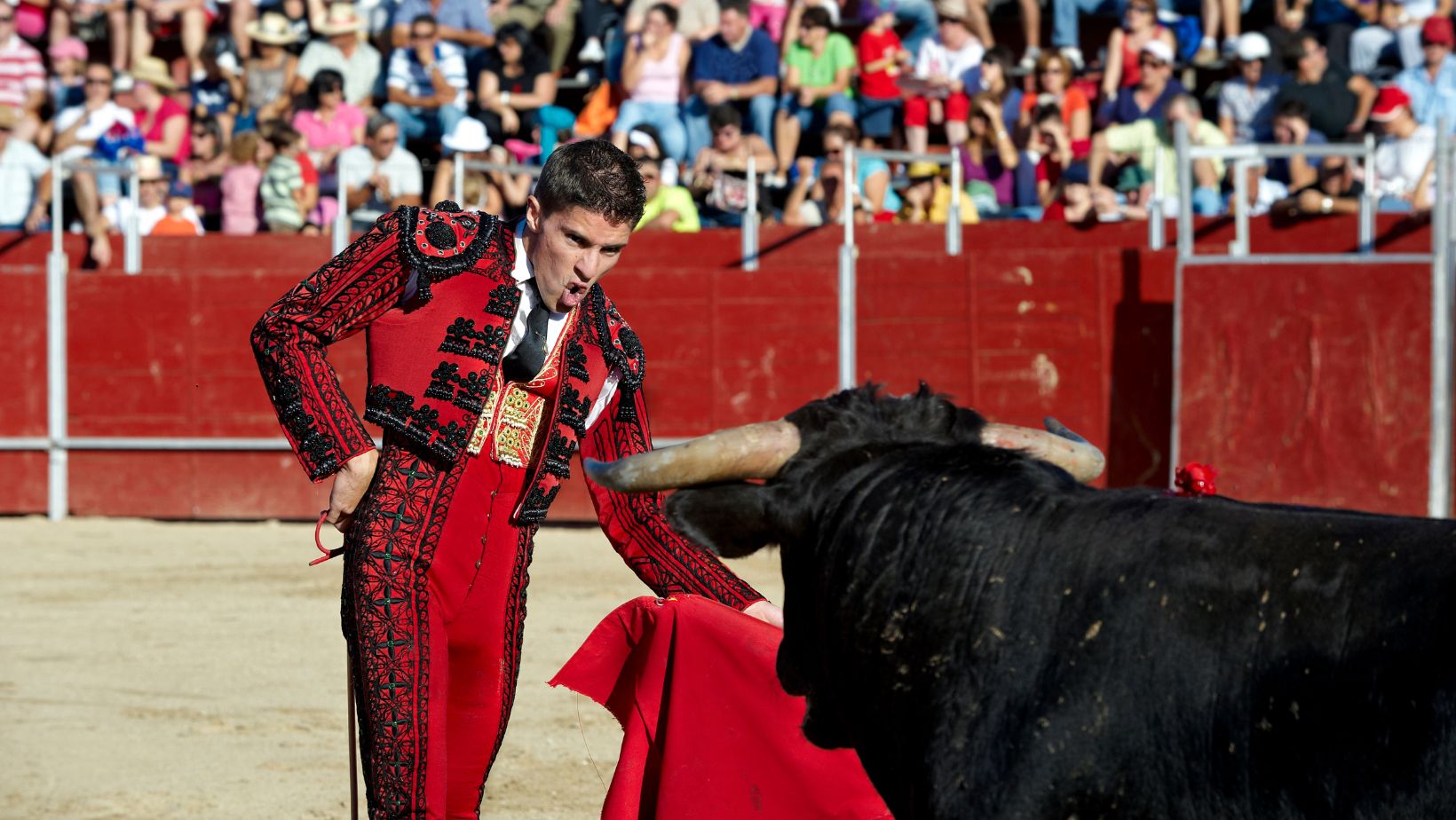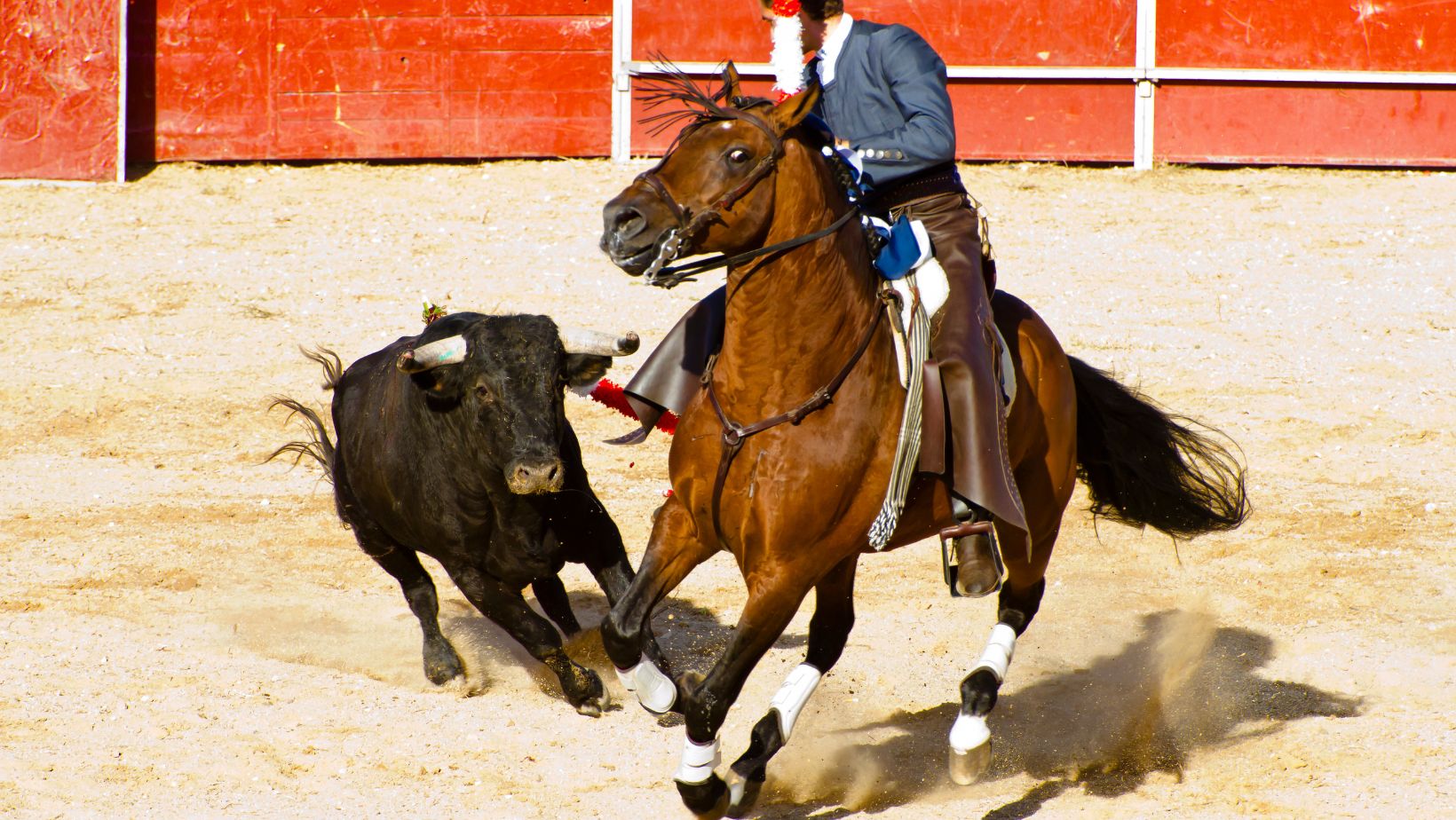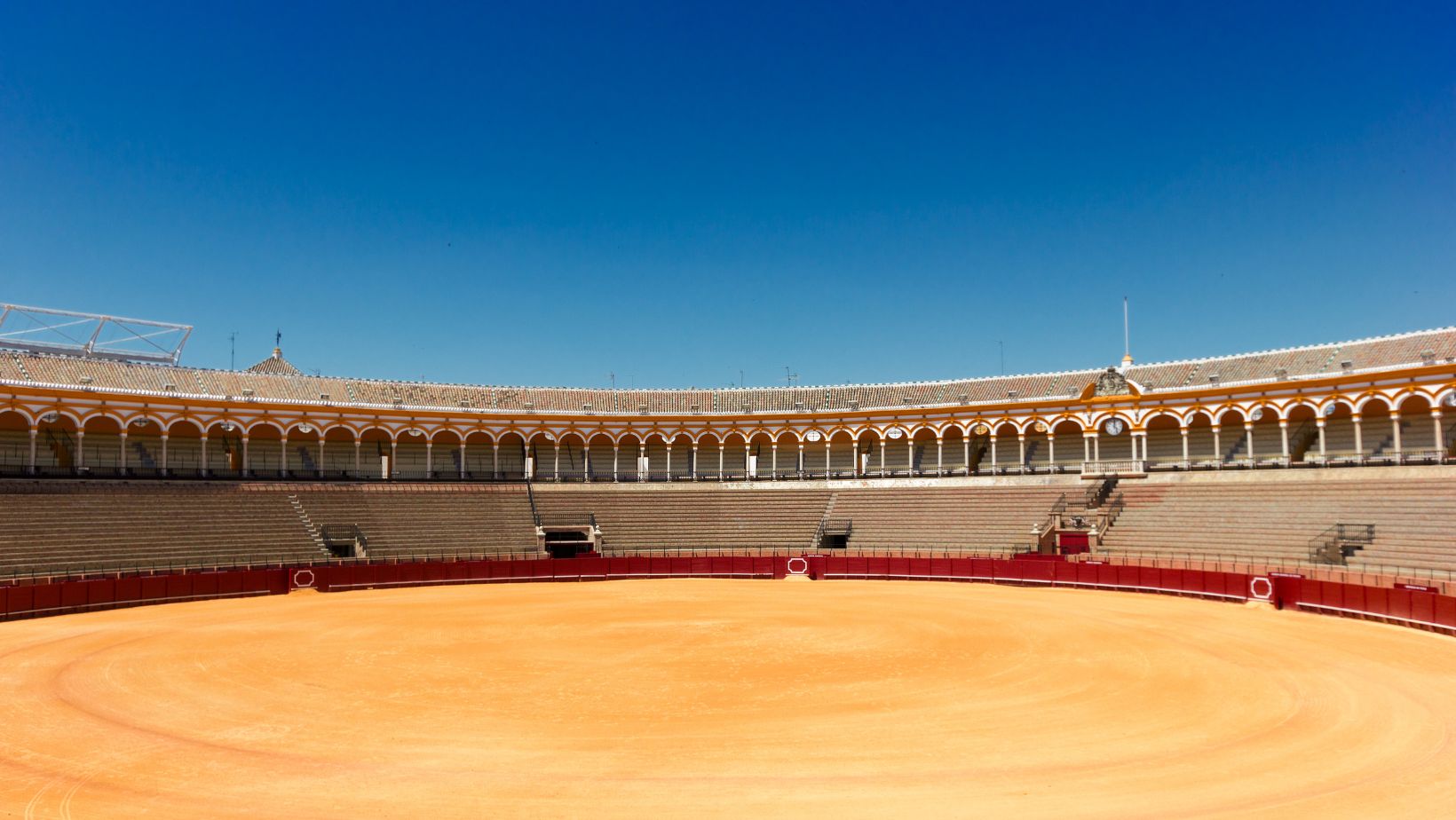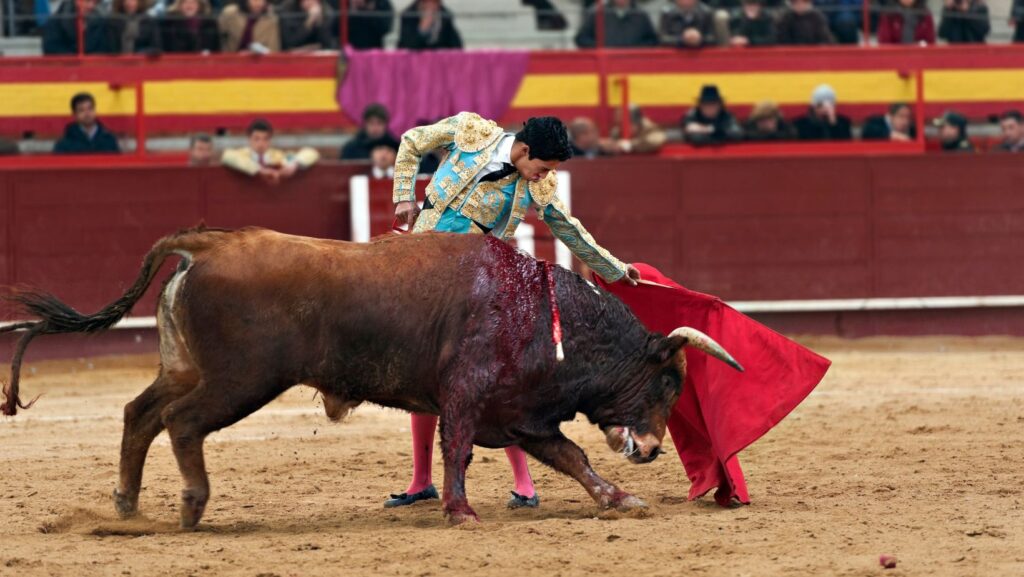
In the heart of every culture lies a passion that binds communities, transcends generations, and shapes identities. Traditional sports serve as this vital link, offering a unique glimpse into the customs, values, and spirit of societies around the globe. From the ancient prowess displayed in Japanese sumo wrestling to the strategic complexities of chess, an intellectual sport with roots in India, these activities are more than mere games; they’re a testament to human creativity and endurance.
Exploring traditional sports reveals the rich tapestry of humanity’s heritage. Each game, with its distinct rules and rituals, tells a story of the place and people from which it originated. As modern audiences seek connections to their ancestry or look to understand others, traditional sports offer a compelling, dynamic way to engage with the past while celebrating the present. This journey into the world of traditional sports not only entertains but enlightens, providing a deeper appreciation for the diverse cultures that shape our global community.
Traditional Sport
Evolution Across Cultures

Traditional sport serves as a bridge connecting past and present across various cultures. Each sport encapsulates specific elements tied to the origin culture’s geography, history, and social structures, offering a rich tapestry of human activity that stretches back centuries. For instance, sumo wrestling, deeply embedded in Shinto traditions, demonstrates how cultural ceremonies and rituals can evolve into competitive sports highly regarded in contemporary Japan. Similarly, the Scottish Highland games, with roots in clan celebrations and tests of strength, illustrate the transition from local cultural expressions to internationally recognized sporting events.
These sports have not only endured through time but have also adapted, reflecting changes in societies while retaining their core identities. The evolution of traditional sport showcases a dynamic interaction between preserving cultural heritage and embracing modernity, allowing these activities to remain relevant and engaging for new generations.
Impact on Modern Sports
The influence of traditional sport on modern sports is profound, shaping everything from the rules of the game to the ethos surrounding competition. Many modern sports can trace elements of their structure and spirit back to traditional counterparts. Archery and fencing, for example, have origins in ancient skills of survival and combat but are now Olympic sports pursued for excellence and honor rather than necessity.
Popular Traditional Sports Around the World
Sumo Wrestling in Japan
Sumo wrestling stands as a quintessential component of Japan’s cultural heritage, reflecting the nation’s rich history through a sport that’s both ancient and revered. Originating from rituals performed in Shinto shrines, sumo wrestling has evolved into a professional sport with strict traditions that govern everything from the wrestlers’ lifestyle to their attire. In sumo, two wrestlers (rikishi) face off in a circular ring (dohyo), aiming to force their opponent out of the ring or make any part of their body, other than the soles of their feet, touch the ground. The sport is deeply ingrained in Japanese culture, offering insights into the values of respect, honor, and perseverance.
Gaelic Games in Ireland

Gaelic games, encompassing Gaelic football, hurling, camogie, and handball, serve as a cornerstone of cultural identity in Ireland. Managed by the Gaelic Athletic Association (GAA), these sports are amateur in nature, emphasizing community involvement and cultural pride over commercial gain. Gaelic football, resembling a blend of soccer and rugby, and hurling, an ancient field game known for its fast pace and skill, are particularly popular. These games not only provide thrilling entertainment but also play a pivotal role in promoting Irish culture and unity, drawing spectators and players alike to celebrate their shared heritage.
Sepak Takraw in Southeast Asia
Sepak Takraw, often referred to as kick volleyball, showcases the athletic prowess and cultural vibrancy of Southeast Asia, where it is widely played. The sport involves three players on each team using their feet, head, knees, and chest to hit a rattan ball over a net, combining elements of soccer, volleyball, and martial arts. Sepak Takraw’s origins can be traced back to the 15th century, making it a historical traditional sport that has transcended generations. It’s celebrated for its breathtaking athleticism and skilled maneuvers, embodying the spirited and communal nature of Southeast Asian cultures.

